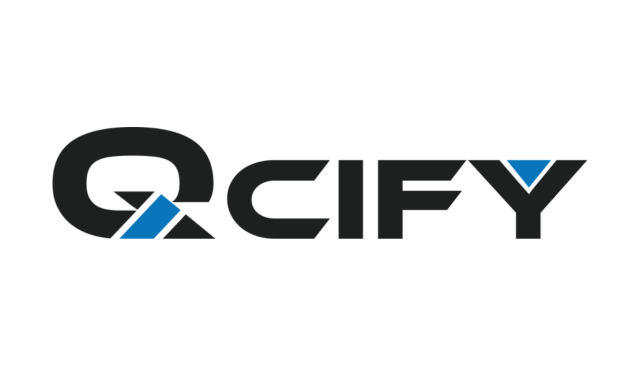Company/organization and country: Almond Board of California, USA
Type of project: Research, grower outreach, regulatory incentives
SDG(s) relevant to the project: 2, 6, 12, 13
Topic(s): Nature-positive approaches and regenerative agriculture, water management
Product(s): Almonds
Project end date and duration: 31/12/2022 (24 months), still seeing more results
Abstract: California’s variable climate compounded by the effects of climate change has long been a concern for permanent crops such as almonds. Given that groundwater provides up to 60% of agricultural water supplies in dry years, and must support agricultural, environmental, and urban demands, there is a strong public benefit in maintaining healthy aquifers.
California’s Department of Water Resources (DWR) estimates the total storage capacity in California’s aquifers at somewhere between 850 million (1.05B megalitres) and 1.3 billion acre-feet (1.6B megalitres). In comparison, surface storage from all the major reservoirs in California is less than 50 million acre-feet (62M megalitres).
Given limited opportunities to develop new surface water reservoirs, groundwater recharge into aquifers can provide at least 10 times the storage of California’s largest reservoirs, at a much lower expense. Recharge also provides a significant means of controlling the effects of flooding in years where there are excessive storm systems, protecting many of the rural communities which are at increased risk of severe economic impact.
Given the significant opportunity and necessity of increasing recharge to maintain a healthy agricultural economy in the face of variable weather, and increase water storage in California’s aquifers, ABC launched a recharge program focused on several goals: research the role of working lands and almond orchards in increasing recharge; develop guidance for growers on how to do recharge; promote recharge policies and incentives; demonstrate success with pilot projects that expand recharge opportunities and secure surface water supplies for recharge; and lastly develop partnerships to create synergies for these goals.
The California almond industry (in partnership with the NGO Sustainable Conservation and researchers from the University of California) began research in 2015 to test the efficacy and safety of recharge in dormant almond orchards. The results showed that diverting excess water to almond orchards during the dormant season provided a significant opportunity to replenish depleted groundwater reserves, resulting in environmental, drinking water and climate resilience benefits with no negative impacts.
With the knowledge that orchards would not be negatively impacted, ABC launched an effort to put this research into practice with the development of a grower guide that would introduce recharge to growers who are faced with navigating complicated regulatory and permitting requirements in California. The guide, published and released at the 2021 Almond Conference, was the first of its kind to explain in depth to growers of any crop how they could support healthy aquifers based on their ecosystem through on-farm recharge. The guide has garnered significant attention, and has been distributed and used in numerous grower outreach efforts.
These efforts are directly in line with:
- SDG 2.4: By 2030, ensure sustainable food production systems and implement resilient agricultural practices that increase productivity and production, that help maintain ecosystems, that strengthen capacity for adaptation to climate change, extreme weather, drought, flooding and other disasters and that progressively improve land and soil quality.
- SDG 6.4: By 2030, substantially increase water-use efficiency across all sectors and ensure sustainable withdrawals and supply of freshwater to address water scarcity and substantially reduce the number of people suffering from water scarcity.
Outcomes: The recharge guide and associated attention from regulatory and public audiences has created widespread almond grower awareness of the importance of this practice for water supply efficiency, resiliency, soil heath and flood mitigation. The solid foundation of research, grower guidance, and NGO partnership created considerable synergies and encouraged grower support through government investments in recharge. A new grower incentive program was launched in 2022 by the USDA’s Natural Resources Conservation Service (NRCS) to promote recharge in selected areas of the San Joaquin Valley. This pilot has since been expanded and appears on track to become a standard practice available to all growers.
DWR began a recharge pilot along the iconic Merced River (one of two large rivers that originate in the Yosemite Valley), with ABC’s partner NGO, showcasing the importance of recharge as a way to store water given the expected decline of snow-pack due to climate change. This pilot is being expanded into other watersheds in the San Joaquin Valley, and is anticipated to provide immediate benefits, potentially mitigating some of the flooding that is anticipated in 2023 given this year’s record snowfall.
For both the NRCS incentives and DWR pilot, the ABC research and guide have provided a proof point for participating almond growers, building confidence in the safety, viability, opportunity and benefit of using their working lands and orchards for recharge.
Evolving climate conditions, extreme weather events and regulatory priorities are placing increased burdens on growers to find ways of producing food in an unpredictable environment. The record-breaking precipitation during the winter of 2023, which followed a series of multi-year droughts for California, has brought recharge to the forefront as the industry grapples with identifying options to farm under evolving growing conditions. Widespread flooding brought into sharp focus how working lands can be a solution for not only replenishing aquifers and addressing water scarcity but also helping to alleviate uncontrolled flooding which can devastate rural communities.
The work by ABC served a significant role in helping growers prepare for the winter storms of 2023. Among the important outcomes of this initiative has been the fact that (1) recharge has become a central state policy to address the significant water supply challenges; and (2) regulatory burdens were reduced in the form of streamlined permitting by the State to enable growers to more quickly respond to 2023 flooding events.
ABC’s guidance document, partnership with government and NGO partners, and grower outreach are now having a broader impact, as growers across multiple commodities explore and even embrace recharge. This has helped ensure growers and almond orchards will be part of the solution, contributing to healthy ecosystems, mitigating water scarcity and helping rural communities avoid devastating natural disasters caused by flooding. In the end, this ultimately helps ensure sustainable practices are available that support a stable food supply and the rural communities where food is grown.




